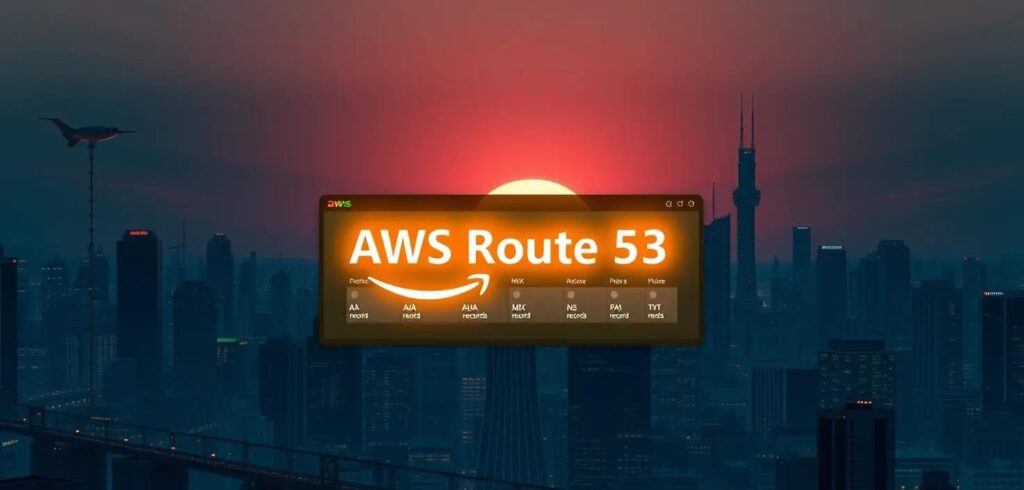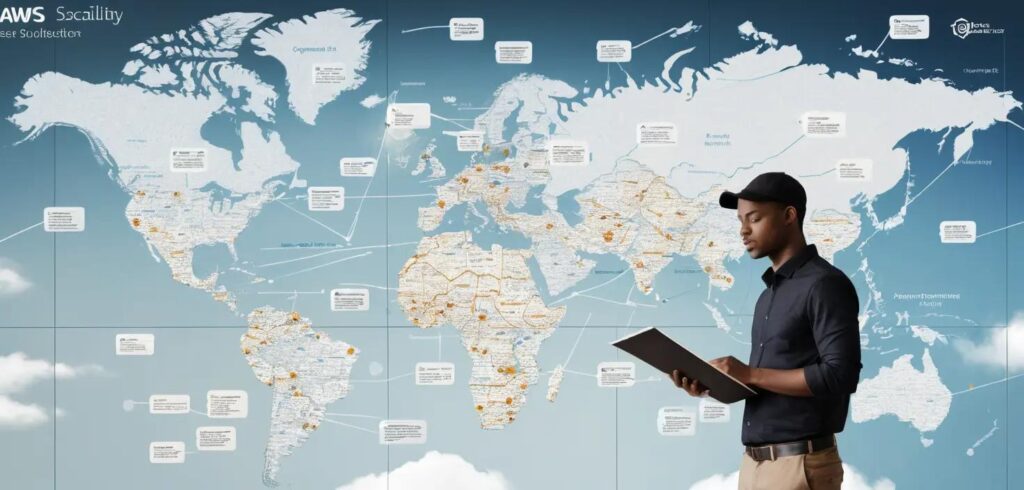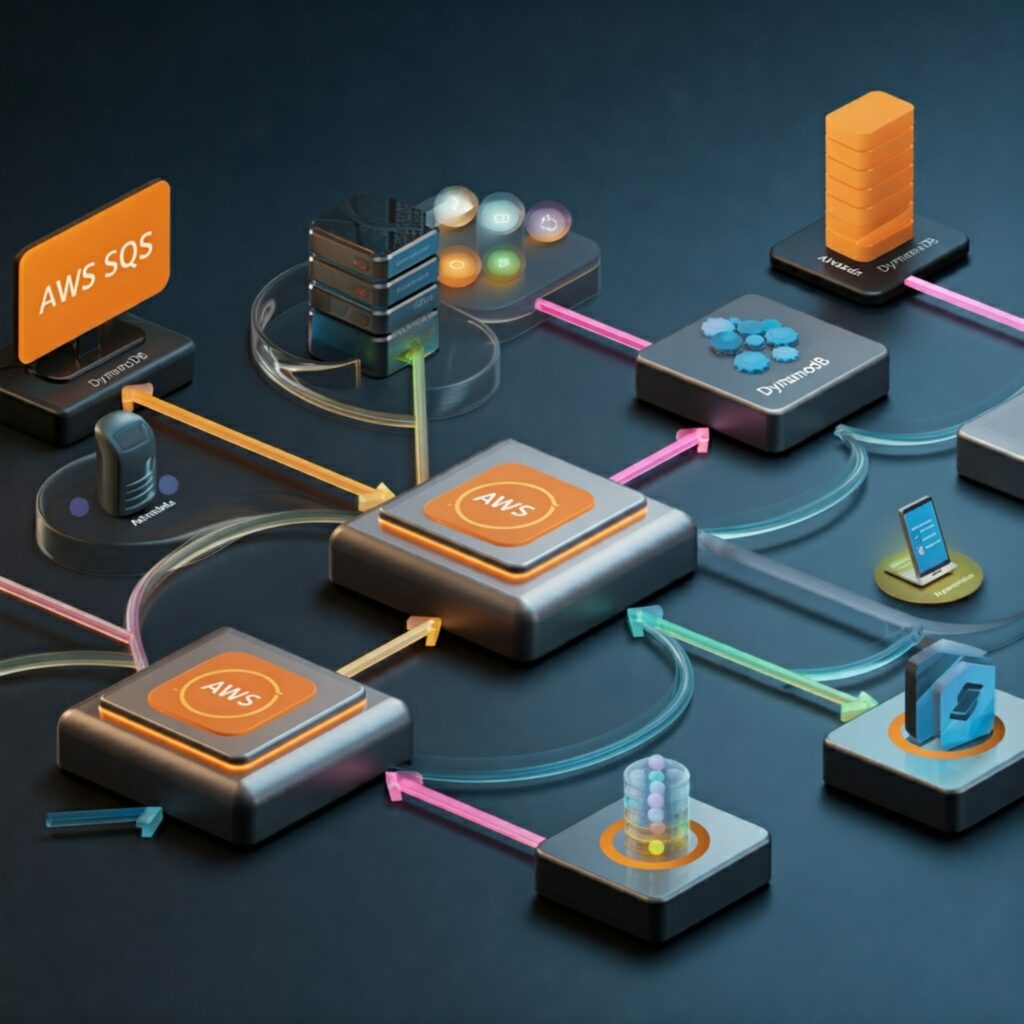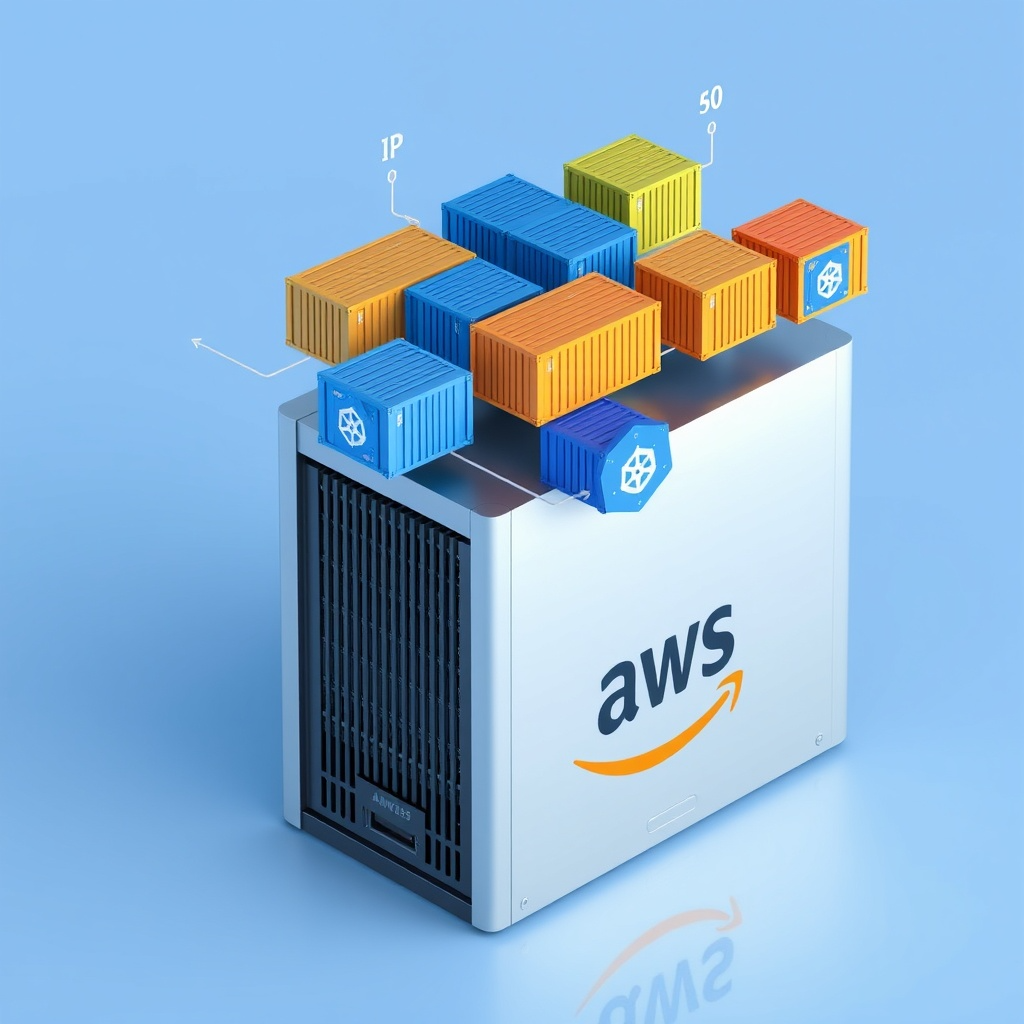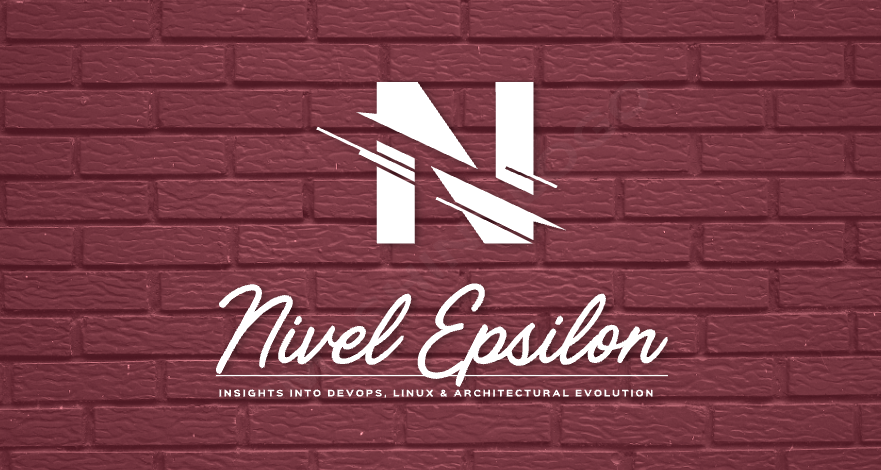
Don’t you feel like your data in the cloud is a bit too… exposed? Like you’ve got a treasure chest full of valuable information (your S3 bucket), but it’s just sitting there, practically begging for unwanted attention? You wouldn’t leave your valuables out in the open in the real world, would you? Well, the same logic applies to your data in the cloud.
This is where AWS S3 Access Points come in. They act like bouncers for your data, ensuring only the right people get in. And for those of you with data scattered across the globe, we’ve got something even fancier: Multi-Region Access Points (MRAPs). They’re like the global positioning system for your data, ensuring fast access no matter where you are.
So buckle up, and let’s explore the fascinating world of S3 Access Points and MRAPs. Let’s try to make it fun.
The problem is that your S3 Bucket is wide open (By Default)
Think of an S3 bucket as a giant storage locker in the cloud. When you first create one, it’s like leaving the locker door wide open. Anyone who knows the lockers there can just waltz in and take a peek, or worse, start messing with your stuff.
This might be fine if you’re just storing cat memes, but what if you have sensitive customer data, financial records, or top-secret project files? You need a way to control who gets in and what they can do.
The solution is the Access Points, your data’s bouncers
Imagine Access Points as the bouncers standing guard at the entrance of your storage locker. They check IDs, make sure everyone’s on the guest list, and only let in the people you’ve authorized.
In more technical terms, an Access Point is a unique hostname that you create to enforce distinct permissions and network controls for any request made through it. You can configure each Access Point with its own IAM policy, tailored to specific use cases.
Why you need Access Points. It’s all about control
Here’s the deal:
- Granular Access Control: You can create different Access Points for different applications or teams, each with its own set of permissions. Maybe your marketing team only needs read access to product images, while your developers need full read and write access to application logs. Access Points make this a breeze.
- Simplified Policy Management: Instead of one giant, complicated bucket policy, you can have smaller, more manageable policies for each Access Point. It’s like having a separate rule book for each group that needs access.
- Enhanced Security: By restricting access through specific Access Points, you reduce the risk of accidental data exposure or unauthorized modification. It’s like having multiple layers of security for your precious data.
- Compliance Made Easier: Many industries have strict regulations about data access and security (think GDPR, HIPAA). Access Points help you meet these requirements by providing a clear and auditable way to control who can access what.
Let’s get practical with an Access Point policy example
Okay, let’s see how this works in practice. Here’s an example of an Access Point policy that only allows access to a bucket named “pending-documentation” and only permits read and write actions (no deleting!):
{
"Version": "2012-10-17",
"Statement": [
{
"Effect": "Allow",
"Principal": {
"AWS": "arn:aws:iam::123456789012:user/Alice"
},
"Action": [
"s3:GetObject",
"s3:PutObject"
],
"Resource": "arn:aws:s3:us-west-2:123456789012:accesspoint/my-access-point/object/pending-documentation/*"
}
]
}Explanation:
- Version: Specifies the policy language version.
- Statement: An array of permission statements.
- Effect: “Allow” means this statement grants permission.
- Principal: This specifies who is granted access. In this case, it’s the IAM user “Alice” (you’d replace this with the actual ARN of your user or role).
- Action: The S3 actions allowed. Here, it’s s3:GetObject (read) and s3:PutObject (write).
- Resource: This is the crucial part. It specifies the resource the policy applies to. Here, it’s the “pending-documentation” bucket accessed through the “my-access-point” Access Point. The /* at the end means all objects within that bucket path.
Delegating access control to the Access Point (Bucket Policy)
You also need to configure your S3 bucket policy to delegate access control to the Access Point. Here’s an example:
{
"Version": "2012-10-17",
"Statement": [
{
"Effect": "Allow",
"Principal": {
"AWS": "*"
},
"Action": "s3:*",
"Resource": "arn:aws:s3:::my-bucket/*",
"Condition": {
"StringEquals": {
"s3:DataAccessPointArn": "arn:aws:s3:us-west-2:123456789012:accesspoint/my-access-point"
}
}
}
]
}- This policy allows any principal (“AWS”: “*”) to perform any S3 action (“s3:*”), but only if the request goes through the specified Access Point ARN.
Taking it global, Multi-Region Access Points (MRAPs)
Now, let’s say your data is spread across multiple AWS regions. Maybe you have users all over the world, and you want them to have fast access to your data, no matter where they are. This is where Multi-Region Access Points (MRAPs) come to the rescue!
Think of an MRAP as a smart global router for your data. It’s a single endpoint that automatically routes requests to the closest copy of your data in one of your S3 buckets across multiple regions.
Why Use MRAPs? Think speed and resilience
- Reduced Latency: MRAPs ensure that users are always accessing the data from the nearest region, minimizing latency and improving application performance. It is like having a fast-food in each country, so clients can have their orders faster.
- High Availability: If one region becomes unavailable, MRAPs automatically route traffic to another region, ensuring your application stays up and running. It’s like having a backup generator for your data.
- Simplified Management: Instead of managing multiple endpoints for different regions, you have one MRAP to rule them all.
MRAPs vs. Regular Access Points, what’s the difference?
While both are about controlling access, MRAPs take it to the next level:
- Scope: Regular Access Points are regional; MRAPs are multi-regional.
- Focus: Regular Access Points primarily focus on security and access control; MRAPs add performance and availability to the mix.
- Complexity: MRAPs are a bit more complex to set up because you’re dealing with multiple regions.
When to unleash the power of Access Points and MRAPs
- Data Lakes: Use Access Points to create secure “zones” within your data lake, granting different teams access to only the data they need.
- Content Delivery: MRAPs can accelerate content delivery to users around the world by serving data from the nearest region.
- Hybrid Cloud: Access Points can help integrate your on-premises applications with your S3 data in a secure and controlled manner.
- Compliance: Meeting regulations like GDPR or HIPAA becomes easier with the fine-grained access control provided by Access Points.
- Global Applications: If you have a globally distributed application, MRAPs are essential for delivering a seamless user experience.
Lock down your data and speed up access
AWS S3 Access Points and Multi-Region Access Points are powerful tools for managing access to your data in the cloud. They provide the security, control, and performance that modern applications demand.

